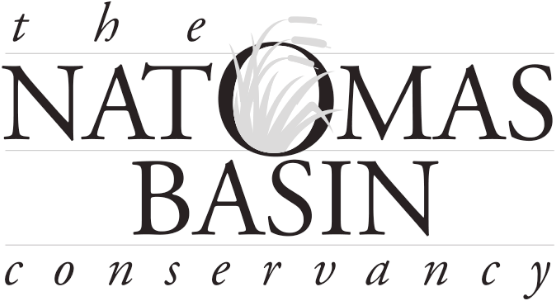FAQs
What does the Conservancy do?
Each and every day, the Conservancy provides sanctuary and refuge to species displaced by urbanization in the Natomas Basin. By acquiring land, converting or restoring it to habitat, and then managing that land in perpetuity, the Conservancy conducts “mitigation.” This is a process by which urban development impacts are offset via the acquisition, restoration, enhancement and perpetual management of habitat lands.
More formally, the authorizing documents which guide the Conservancy’s program of work note the Conservancy is the “plan operator” of the Natomas Basin Habitat Conservation Plan (NBHCP) and the Metro Air Park Habitat Conservation Plan (MAPHCP). The purpose of the HCPs is “to promote biological conservation along with economic development and the continuation of agriculture within the Natomas Basin.”
How do I mitigate for an urban development project?
Implementation of the Natomas Basin Habitat Conservation Plan (NBHCP) and Metro Air Park Habitat Conservation plan (MAPHCP) provides mitigation for urban development in the Natomas Basin by establishing a system of reserves composed of managed marsh, uplands habitat, and rice farms. Acceptable mitigation under the HCPs requires maintenance of a 0.5-to-1 mitigation ratio. That is, for each one acre of habitat disturbed, one-half acre of mitigation land must be provided for.
For details on specific project mitigation, please see the Conservancy’s project mitigation page.
Can I visit the preserve?
The incidental take permits issued by the U.S. Fish & Wildlife Service and California Department of Fish and Wildlife do not authorize or cover incidental take resulting from public use, access, or recreation on the Conservancy’s mitigation preserves. The permits in essence designate mitigation land solely as refuges and sanctuaries for “Covered Species” displaced by urban development and activity.
The public may view many of the Conservancy preserves and visiting wildlife via the Conservancy’s social media platforms; Facebook, Instagram and Twitter.
What are the species covered under the HCPs?
The Conservancy is charged with providing and managing habitat for 22 “Covered Species” as noted in the NBHCP and MAPHCP. These Covered Species are cataloged in a publication produced by the Conservancy, free and readily available on the NBHCP Species page of the Conservancy’s web site.
What are the various land uses under the NBHCP?
The HCPs provide for a general division of habitat types within the Conservancy’s system of reserves as follows: 25% managed marsh; 50% rice production; and, 25% upland habitat.
When is your next Board meeting?
With minor exception, the Conservancy’s Board of Directors meets on the first Wednesday of every other month, beginning in February of each year. Please check the Conservancy’s Board Meeting page for meeting notices and agendas.
